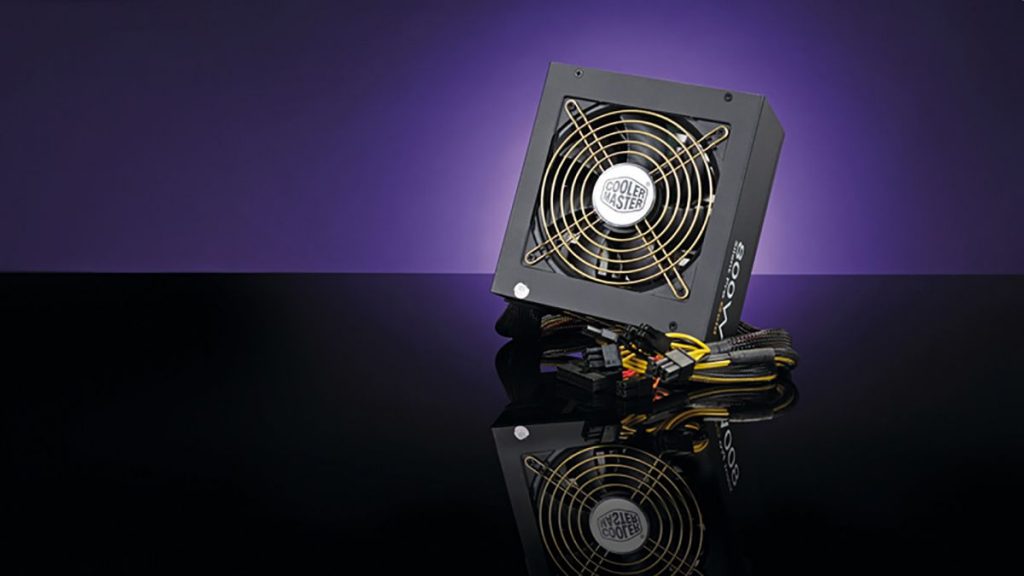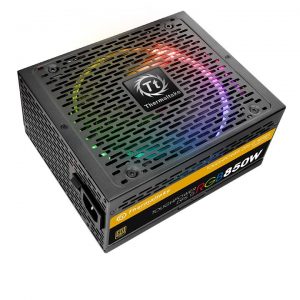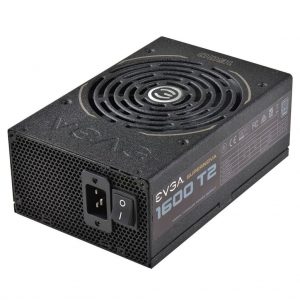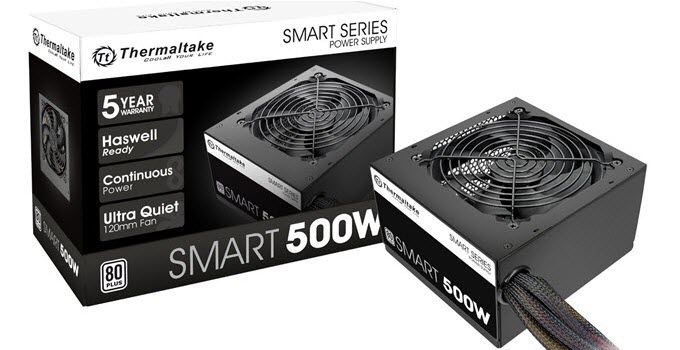How and Why Cheap PSUs Harm Your PC
You simply can never overlook the fact that power supplies are perhaps the most important component in any computer that is available in the market. Whenever you are building a PC for gaming or otherwise, you need to make sure that you have a good power supply because you really do not want to find yourself in a situation where your power supply ends up taking down your entire system.
Now, if you are wondering why a cheap power supply can be a bad idea, you are in the right spot. That is why, when we were listing down the best power supplies, we only included the ones that we knew we could trust. Granted, there are so many more available in the market, so you can always go for them, too.
Let this opinion serve as a warning that should guide you on why and how a cheap power supply unit can be bad for your PC. Whether you have built an entry-level computer or a high-end one, you do have to avoid getting into such situations, because it is just going to make matters worse.
With that said, let’s have a look at how a cheap power supply can be bad for your PC.

Irregular Voltage/Wattage
Voltage is obviously one of the most important aspects of any power supply. Even if you are talking about something as small as a mobile charger, any device that cannot deliver regular voltages can cause severe problems.
When it comes to computers, the power supply has a lot more to handle than you might think. For starters, it is providing current to a lot of different components that have different requirements, as well. That coupled with the fact that your PC might not be needing all the power at all times. So, for instance, if you have a 750-watt power supply, it is not necessary that your PC is going to be using all that power all the time. The amount of power required depends on the amount of load there is.
Keeping all these factors in mind, a cheap power supply that cannot even handle proper voltage or wattage can be a huge issue that might come in the way of your PC’s long life.
 Cheap Components
Cheap Components
If you have never seen the inside of a power supply, that is fine. Manufacturers suggest that you never open a power supply even after it has been unplugged for some time. Simply because it is volatile, and can cause some serious damage to the individual trying to pry inside, most of the times, the damage can be fatal, as well.
However, if you go onto the internet and start looking at the internals of a power supply, you will realize that they are made out of different components. There are chokes, capacitors, transistors, as well as different regulatory modules that make up the entirety of the power supply.
The key here is to know that a cheap power supply is going to have cheaper components, and it is not just limited to just one component, it is limited to the entirety of the components that make up a power supply.
For instance, Corsair uses Japanese capacitors in all their high-end power supplies. These capacitors are rated for high endurance, and work really, really well in almost all the cases.

False Ratings
If you have ever had the chance to see the side of a power supply, you will realize that there is often a big sticker that has ratings mentioned on it. This is common with almost all the power supplies available in the market. The sticker displays what the power supply can provide on different rails. For instance, how much ampere and watts a power supply can provide on a 12v rail; which happens to be the most commonly used and most important rail of a power supply.
Now when you are relying on the power supplies from renowned brands like Corsair, EVGA, and other similar brands, you can be assured of the fact that the ratings are not false, and there are no discrepancies whatsoever. The power supply is going to provide you with the advertised watts, volts, and amperes with very minimum or no delta at all.
However, when you are looking at cheaper units; that is when things can go really wrong. For starters, if you search the internet, you will find several videos of power supplies that are rated at 450 watts giving up when they have been under a load of just 300 watts, or even lower in some cases.
Now, you do need to know that when a power supply goes out like that, it does not just die on its own, in many cases, it can take a lot of components with you since it is basically connected to every single component in your PC.
It Can Kill Your Entire PC
I know it is going to sound like I am exaggerating but the thing is that cheap power supplies can easily kill your PCs. While the case might not be always there but it can happen a lot more frequently than you might think.
You can actually find these horror stories spread across the entirety of the internet. Different forums, even on YouTube, there are so many cases that are lurking around. This did start as an isolated issue but given the current situation, it is really important to know that a cheaper power supply can end up killing your entire PC, and the worst part is that many manufacturers do not cover such issues in warranty.

Conclusion
Drawing a conclusion from the situation is not that difficult, to be honest. If you do care about your PC, as you should. It is important to know that a cheap power supply can be bad for your PC in almost all the situations. There is not a single situation in which a cheap power supply cannot affect your PC in a bad way.
The best thing you can do is that avoid cheaper power supplies, and always invest in good ones. Read the reviews, and always keep such articles at hand.





